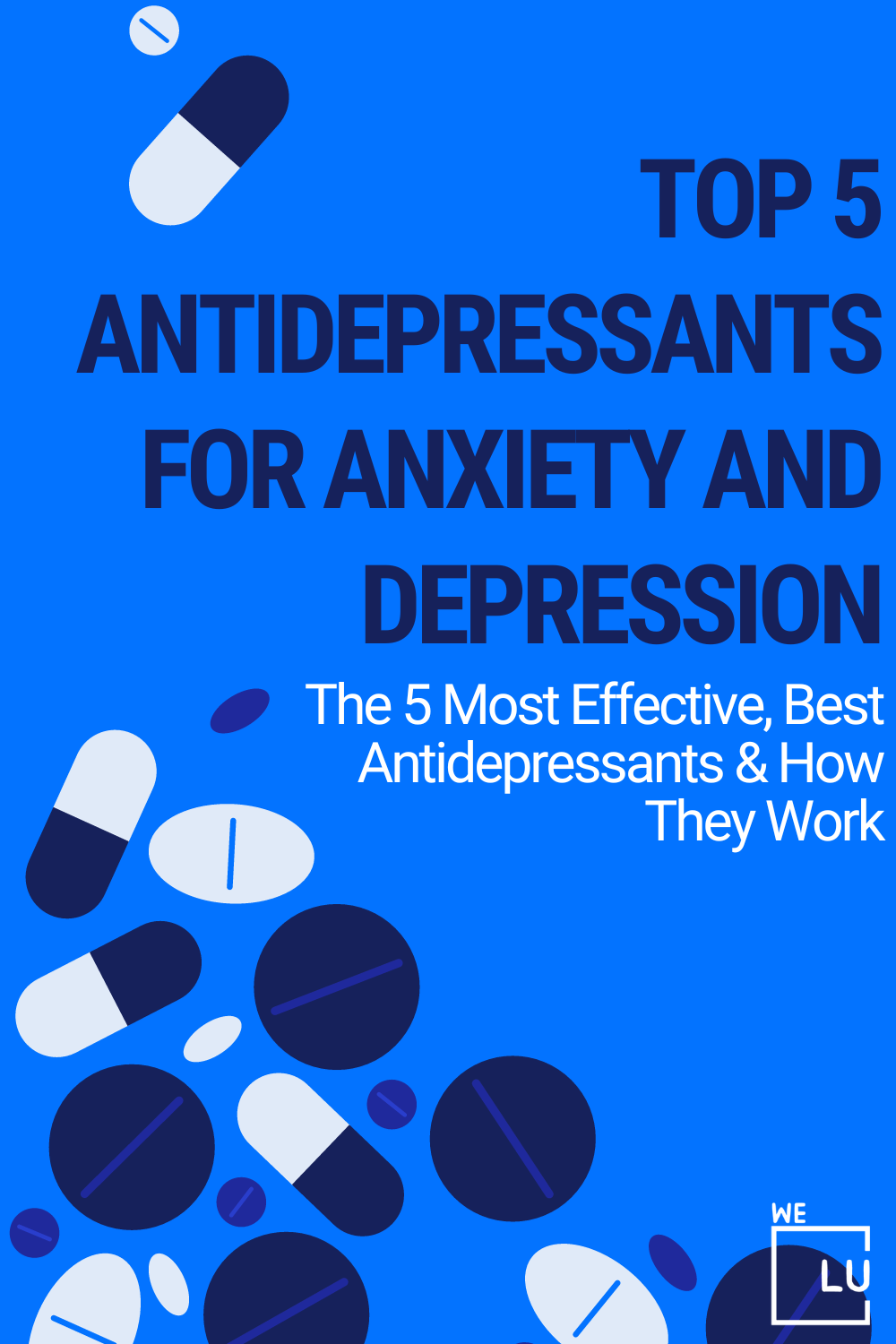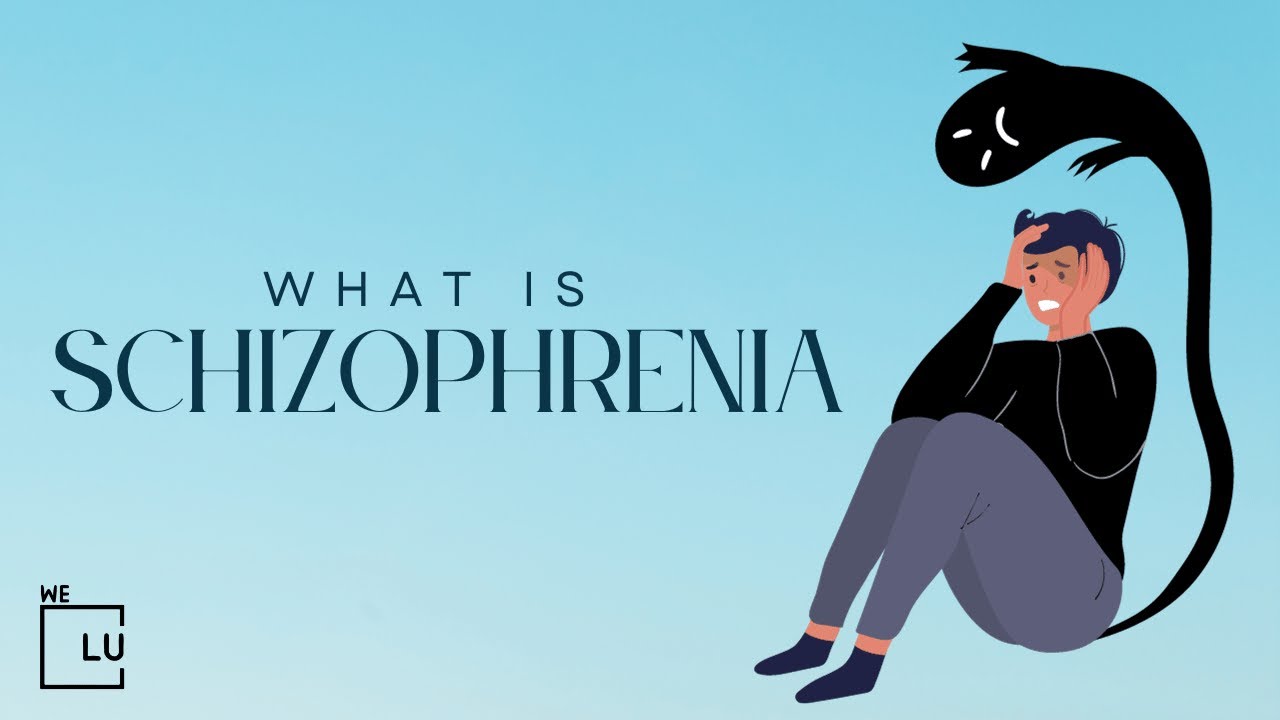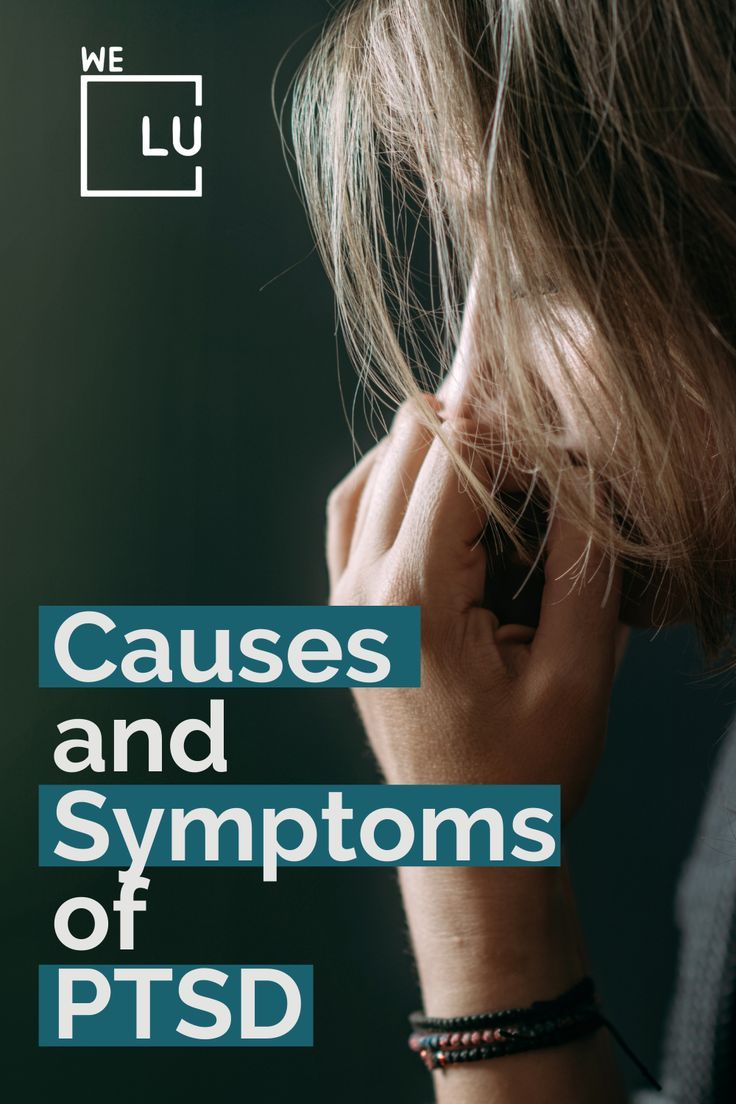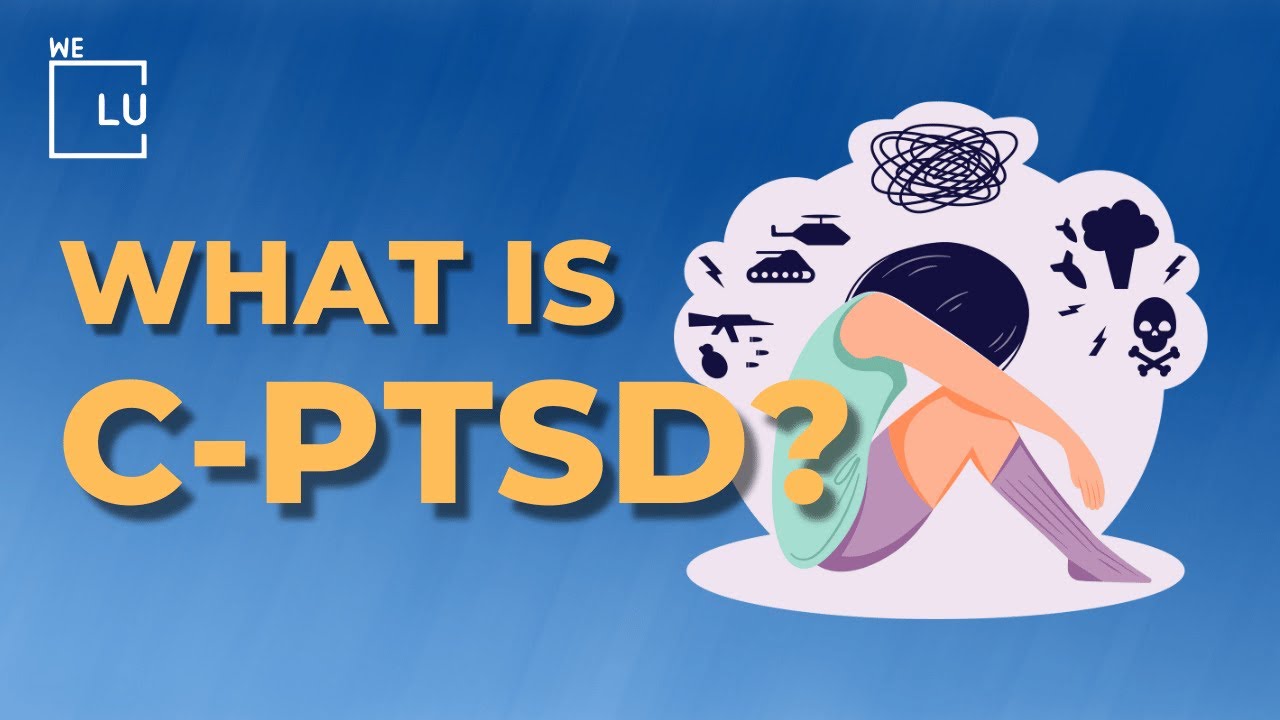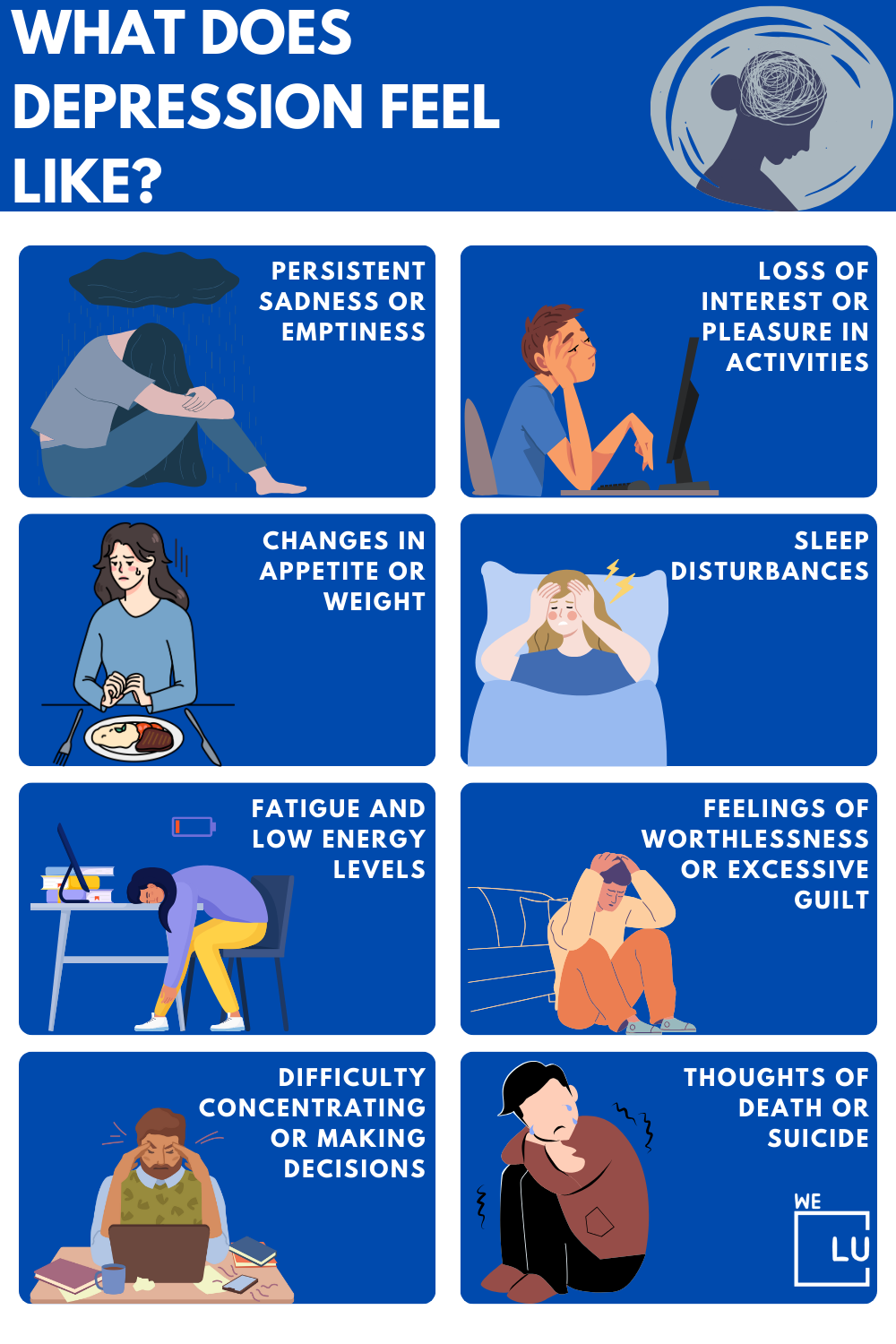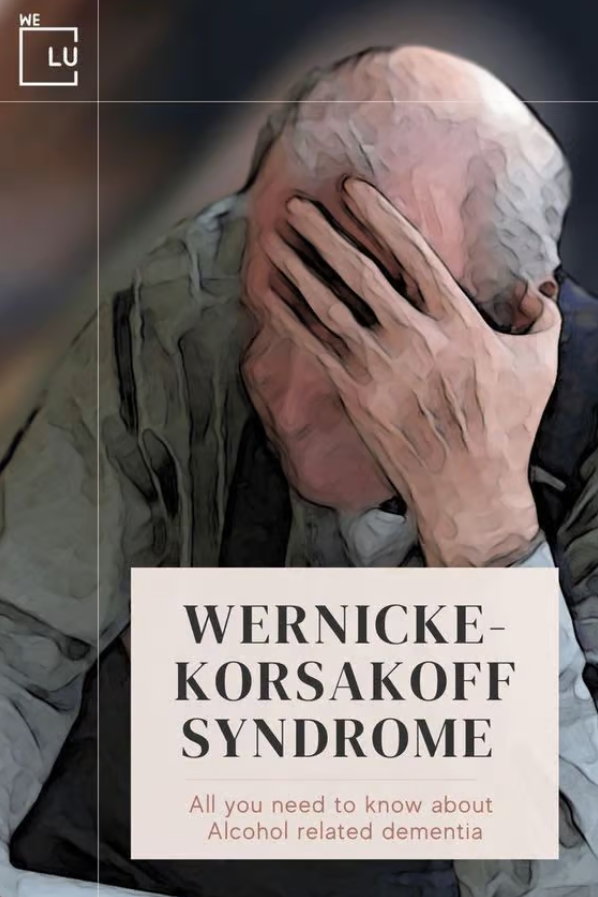The Link Between Depression and Art
Many think that mental illness and creativity are closely linked, giving rise to terms like “mad artist.” But is this a stereotype, or is there some truth to it? Artists like Vincent van Gogh and Sylvia Plath, who struggled with mental health, contributed to this idea. In this article, let us look into the connection between creativity and mental illness and explore the potential mental health benefits of being creative and depression art.
Depression and Creativity
Depression and creativity can be connected. Feeling down can make it hard to have inspiration and can take away energy needed for creativity. It is a big challenge to come up with creative ideas when overwhelmed by hopelessness and tiredness.
However, some people use creative activities like writing, painting, or music to find comfort and express their emotions. This art of depression can be a way to deal with struggles and make sense of what’s going on inside. So, creativity becomes a way to cope and stay strong during tough mental health times.
Famous artists have often dealt with depression, using their harrowing experiences to create deep and powerful art. The strong emotions that come with feeling down can make their creations unique and natural. It’s like turning pain into a tool for artists to share complex feelings that are hard to put into words.
Even though the link between depression and creativity differs for each person, it shows how the human mind can turn challenges into something beautiful and meaningful.
Top 4 Popular Artists and Their Depression Art with Deep Meanings
Some of your friends or family might be dealing with depression, and it’s crucial to understand what it feels like to help them. If empathy is challenging, check out these drawings by artists who’ve experienced mental illness. The images depict the overwhelming nature of depression, from inner monsters to profound loneliness.
Living with depression is tough, but it’s treatable. If you or someone you know shows signs, don’t ignore it—seek help.
1. Vincent van Gogh
Vincent van Gogh, a widely known artist, struggled with anxiety and depression throughout his life. He said, “I put my heart and soul into my work and lost my mind in the process.”
Van Gogh’s art reflected his depression, using intense brushstrokes to express the emotional turmoil within him. His work is a powerful testament to the connection between creativity and mental health complexities.

2. Edgar Degas
Edgar Degas, an Impressionist artist, was a hermit, spending his time in his studio and wandering the streets of Paris at night. He preferred the company of a small circle of fellow artists and patrons, expressing his disdain for art critics.
Degas’s tendency to keep to himself and dislike for art critics hints at a potential struggle with depression, as he sought comfort in a small group of friends and had a somewhat gloomy view of painting, reflected in his nightly walks through Paris. In his depressing art, dark tones and haunting images combine, offering a raw and honest glimpse into the deep emotions within the human experience.


Skip To:
Learn More:
- Depression Room. A Messy Room and Depressive Disorder Signs
- Top 10 Depression Tattoos. Depression Tattoo Meanings and Depression Tattoo Ideas
- 30 Songs About Depression To Help You Feel Less Alone
- 101 Depression Quotes to Help You Feel Less Alone
- 10 Best Essential Oils for Anxiety and Depression
- Acupuncture for Depression: What You Need To Know
- Do Crystals for Depression Work? Benefits, Types, and Effects
- Learn How to Cope with Depression. 10 Ways to Cope with Depression.
- What is Crippling Depression? Learning How To Deal with Crippling Depression
- Why Am I So Sad? Causes and Top 10 Coping Tips for Depression
3. Edvard Munch
Edvard Munch, a Norwegian artist, dealt with anxiety, depression, and hallucinations, leading him to create his renowned painting, The Scream. He was inspired during a sunset walk when the sky turned red, evoking a feeling of endless anxiety that he captured in the artwork, reflecting his ongoing experience of human anxiety in the modern world.
Despite dealing with depression, anxiety, and likely schizophrenia, Edvard Munch chose not to seek professional help for a long time. He navigated his mental health challenges without intervention, highlighting the difficulties individuals with mental health conditions encounter due to stigma, personal beliefs, or a desire to cope on their own. This aspect of Munch’s life adds depth to his artistic legacy, emphasizing mental health’s significant impact on influential and creative minds.

4. Michelangelo Buonarroti
Michelangelo, a brilliant artist, created masterpieces considered among the world’s best. When visiting Italy, to see his work is a must. However, some art historians suggest he may have had obsessive-compulsive disorder due to his meticulous detail, and he also struggled with depression and anxiety, often isolating himself for days to focus on his art, sometimes forgetting basic needs like eating or changing clothes.

Depression Painting and Mental Illness
While studies suggest a connection between depression and creativity, there’s no definitive proof that someone with depression is inherently “more creative.” However, both mood disorders, such as depression and creativity, share similar traits. Regardless, engaging in creative activities like painting, writing, or dancing has been shown to benefit those with depression. If you or someone you know is dealing with depression, besides seeking professional help, trying an art project could provide a sense of relief and surprise.
Here are some key findings and perspectives:
- Correlation, Not Causation: Research has identified a correlation between creativity and a higher likelihood of mood disorders, including depression. However, it’s crucial to recognize that correlation does not imply causation. While creative individuals may have a higher predisposition to specific mental health challenges, creativity itself may not be the direct cause of depression.
- Shared Traits: Studies have identified shared personality traits between creative individuals and those with depression. Traits such as increased sensitivity, emotional intensity, and a propensity for introspection are common in both creative individuals and those experiencing depression. These shared traits may contribute to the observed correlation.
- Genetic and Environmental Factors: Genetic and environmental factors influence the connection between creativity and depression. Genetic predispositions to both creativity and mental health disorders, as well as environmental factors such as early-life experiences and societal pressures, contribute to the complex relationship.
- Diverse Creative Outlets: Creativity manifests in various forms, including visual arts, writing, music, etc. Research indicates that engagement in creative activities, especially those that allow for self-expression and emotional release, can have therapeutic benefits for individuals dealing with depression. Creative outlets may serve as a coping mechanism and contribute to improved mental well-being.
- Heterogeneity in Findings: Not all studies link creativity and depression, and individual experiences vary widely. Factors such as the definition of creativity, the measurement of depression, and the study population contribute to the diversity in research outcomes.
We Level Up FL Mental Health Treatment Center Tips for Drawing and Depression Therapy
✅ Drawing can be a therapeutic outlet for managing depression, offering a creative way to express emotions. Experiment with colors and shapes to explore different moods and sensations.
✅ Start with simple doodles or sketches. Focus on the act of drawing rather than achieving perfection, allowing yourself the freedom to express emotions without judgment.
✅ Drawing can be a helpful tool in depression therapy. This artistic practice can provide a sense of accomplishment and contribute to overall well-being. Regular, gentle engagement in this creative process can provide a positive and expressive outlet for managing and coping with depression.
Get depression counseling that works. Discover professional help from We Level Up Florida’s mental health therapists. Start getting support with a free call to our mental health hotline.
Get Help. Get Better. Get Your Life Back.
Searching for Accredited Dual Diagnosis Mental Health Centers Near You?
Even if therapy failed previously, or are in the middle of a difficult crisis, we stand ready to support you. Our trusted behavioral health specialists will not give up on you. When you feel ready or just want someone to speak to about counseling alternatives to change your life call us. Even if we cannot assist you, we will lead you to wherever you can get support. There is no obligation. Call our hotline today.
FREE 24/7 Dual Diagnosis Mental Health Services HotlineWhat are the Benefits of Art Therapy for Depression?
Art therapy is used in treating depression to help people express their feelings. It offers various benefits, and here are the most common ones:
- Emotional Expression: Art therapy is a non-threatening way for people of all ages to express their emotions and experiences visually. It helps increase self-awareness and provides insight into the underlying triggers of mental health conditions, especially for those who struggle to express themselves verbally.
- Self-Reflection: Art therapy encourages self-reflection by having individuals create art that focuses on their thoughts, beliefs, and perceptions. This process helps them understand themselves better and may reveal patterns or underlying issues contributing to their mental illness.
- Fostering Resilience: Art therapy boosts coping skills and allows individuals to try new ways of expressing and dealing with emotions. The creative process encourages flexibility, adaptability, and problem-solving.
- A Sense of Personal Empowerment: Art therapy boosts self-worth and self-esteem by fostering pride, validation, and accomplishment through the creative process. It creates a space for countering the helplessness often linked to depression.
- Building Connection with Others: Art therapy commonly occurs in groups with others or a therapist. This offers chances for social connections and allows individuals to engage with others facing similar challenges. The sense of community and shared experiences diminishes feelings of isolation and provides emotional support.

Components of Art Therapy
Art therapy goes beyond traditional painting or drawing, including popular mediums like coloring, collage, and sculpting as creative outlets. With a trained art therapist, individuals can discover symbols and messages in their art, leading to a deep understanding of behavior and emotions and helping resolve underlying issues.
Here are different types of effective depression art therapy:
- Drawing: Expressing thoughts and emotions through pencil, pen, or other drawing tools.
- Painting: Using various paints and brushes to create visual representations.
- Coloring: Filling in pre-drawn designs with colors to promote relaxation and self-expression.
- Sculpting: Shaping three-dimensional forms using clay, playdough, or other mediums.
- Collage: Assembling images, textures, and materials to create a cohesive visual composition.
- Photography: Utilizing photography as a means of capturing and exploring personal narratives.
- Digital Art: Creating art using digital tools and software.
- Textile Art: Incorporating fabric, thread, and other textiles into artistic expressions.
- Mixed Media: Combining various art forms and materials in a single piece.
- Mask Making: Crafting masks are symbolic representations of identity or emotions.
- Printmaking: Creating prints through techniques like etching, linocut, or monoprinting.
- Music and Sound Art: Using musical instruments, soundscapes, or vocal expressions in the creative process.
- Dance and Movement: Incorporating body movements as a form of expressive art therapy.
- Writing and Poetry: Using written words and poetry to explore emotions and experiences.
- Mindfulness and Meditation: Integrating mindfulness practices into the creative process for self-reflection and relaxation.
- Nature Art: Creating art using natural materials found in the environment.
- Mandalas: Designing intricate geometric patterns often used for meditation and self-reflection.
- Puppetry: Using puppets as a means of storytelling and self-expression.
- Body Mapping: Tracing and decorating the body outline to explore self-perception and experiences.
- Group Art Activities: Collaborative art projects that encourage social interaction and support within a group setting.
These components offer diverse options for individuals to engage in therapeutic art practices based on their preferences and comfort levels.
Do you have questions about depression recovery or treatment in general? Call our helpline 24/7.

End the Emotional Pain. Get Your Life Back.
Feeling Depressed, Anxious or Struggling with Mental Health Illness? Get Safe Comfortable Mental Health Dual Diagnosis High-Quality Therapy From Counselors That Care. Begin Your Recovery Now.
Hotline (855) 940-6125
Depression Drawing Ideas
Living with depression can be a challenging journey, and for many, creating art about depression becomes a powerful outlet for self-expression and healing. Here are various drawing ideas that delve into the depths of depression:
Drawing Depression Concepts
- The Weight of Shadows:
- Concept: Use contrasting shades to depict a figure burdened by the weight of dark shadows. This can symbolize the emotional heaviness often associated with depression.
- Journey to the Light:
- Concept: Create a visual narrative of a path from darkness to light. This can represent the hopeful journey of overcoming depression and finding inner strength.
- The Mask We Wear:
- Concept: Draw a face with a mask, exploring the idea of the façade people often put on while dealing with depression. This can be a powerful commentary on the hidden struggles behind a seemingly composed exterior.
- Tangled Thoughts:
- Concept: Use abstract lines and shapes to illustrate the complexity of tangled thoughts and emotions often accompanying depression. This can be a therapeutic way to externalize and untangle internal struggles.
- Blossoming from Despair:
- Concept: Depict a flower growing from a seemingly desolate ground. This symbolizes the potential for growth and beauty even amid despair.
What to Expect During Art Therapy?
Like many modern therapies, the first session with an art therapist typically involves discussing the patient’s background and issues. The therapist may inquire about the patient’s reasons for pursuing art therapy and their session goals, outlining their approach. After the initial talk, the therapist suggests a treatment plan, which might involve creating artwork. Actual sessions vary; the therapist may observe the individual creating art or gently ask questions to evoke feelings and thoughts.
Whether art therapy is used alone or in combination with other therapies depends on factors like recommendations from other therapists, the primary care provider’s advice, or the individual’s preference. As a non-medicinal method for addressing depression, art therapy offers a unique approach to a potentially debilitating mood disorder. Contact We Level Up FL mental health treatment center if you’re interested or want more information.
First-class Facilities & Amenities
World-class High-Quality Mental Health Services & Behavioral Health Substance Abuse Treatment
Rehab Centers TourRenowned Mental Health Centers. Serene Private Facilities. Inpatient Rehab Programs Vary.
Mental Health Helpline (855) 940-6125Proven recovery success experience, backed by a Team w/ History of:
15+
Years of Unified Experience
100s
5-Star Reviews Across Our Centers
10K
Recovery Successes
- Comprehensive Dual-Diagnosis Treatment
- Complimentary Family & Alumni Programs
- Coaching, Recovery & Development Events
- Comfortable Onsite Medical Detox Center
Depression Treatment at We Level Up FL
At We Level Up FL Mental Health Center, our approach to depression treatment is rooted in a commitment to evidence-based programs and holistic well-being. Upon entering our center, individuals undergo a thorough assessment to understand the nuanced aspects of their depression, considering psychological, social, and biological factors. Our team, consisting of mental health professionals, collaborates to design personalized treatment plans that may encompass psychotherapy, support groups, and medication management.
Within the supportive environment of an inpatient treatment center, individuals engage in evidence-based therapies such as cognitive-behavioral therapy (CBT) to address negative thought patterns and promote coping strategies. Group therapy sessions provide a sense of community and shared understanding, fostering connections that can be crucial in the journey toward recovery. Medication, when deemed appropriate, is prescribed and monitored closely.
Also, We Level Up Florida emphasizes the importance of lifestyle factors, encouraging activities like exercise and promoting a sleep routine that complements the overall treatment plan. Regular check-ins and adjustments ensure that the treatment remains responsive to the evolving needs of individuals on their path to overcoming depression.

Suppose you or someone you know is dealing with depression, which affects their daily functioning. In that case, We Level Up Florida Mental Health Treatment Center provides personalized care with a team of experienced professionals. Begin your journey towards better health by taking the first step towards healing. Get help. Call We Level Up FL now. Each call is free and confidential.
World-class, Accredited, 5-Star Reviewed, Effective Mental Health Dual Diagnosis Programs. Complete Integrated Inpatient Rehab with Free Post Discharge Therapy Planning.
CALL (855) 940-6125End the Emotional Pain Rollercoaster. Gain Stability & Happiness Through Recovery Treatment. Start Mental Health Counseling Today. Get Free No-obligation Guidance by Behaviroal Health Specialists Who Understand Mental Health Recovery.
Therapist Tips to Cope and Combat Depressive Episodes
Experience Transformative Recovery at the We Level Up Treatment Center.
See our authentic success stories. Get inspired. Get the help you deserve.



Start a New Life
Begin with a free call to a behavioral health treatment advisor. Learn more about our dual-diagnosis programs. The We Level Up treatment center network delivers recovery programs that vary by each treatment facility. Call to learn more.
- Personalized Care
- Caring Accountable Staff
- Comfortable Amenities
- Licensed & Accredited
- Renowned w/ 5-Star Reviews
We’ll Call You
Search We Level Up FL What is Depression Art? Mental Health Topics & Resources
Sources
- Hu J, Zhang J, Hu L, Yu H, Xu J. Art Therapy: A Complementary Treatment for Mental Disorders. Front Psychol. 2021 Aug 12;12:686005. Doi: 10.3389/fpsyg.2021.686005. PMID: 34456801; PMCID: PMC8397377. Learn More About Drawings Depression
- Shukla A, Choudhari SG, Gaidhane AM, Quazi Syed Z. Role of Art Therapy in the Promotion of Mental Health: A Critical Review. Cureus. 2022 Aug 15;14(8):e28026. Doi: 10.7759/cureus.28026. PMID: 36134083; PMCID: PMC9472646. What to Know About Depression Suicidal Suicidal Art & Depression Deep Emotional Drawings.
- Articles – Outcome Studies on the Efficacy of Art Therapy – Department of Education (.gov)
- Arts-Based Programs and Arts Therapies for At-Risk, Justice-Involved, and Traumatized Youths – Office of Juvenile Justice and Delinquency Prevention (.gov) Learn More About Depressing Drawings Easy, Depression Sad Drawings Easy, & Easy Depressed Drawings.
- Creative Arts Therapy – Promoting Health and Community for Veterans – Veterans Affairs (.gov)
- How is it Beneficial to Express Yourself Through Depressed Art? Pavitra KS, Chandrashekar CR, Choudhury P. Creativity and mental health: A profile of writers and musicians. Indian J Psychiatry. 2007 Jan;49(1):34-43. Doi: 10.4103/0019-5545.31516. PMID: 20640063; PMCID: PMC2899997.
- Zhao R, Tang Z, Lu F, Xing Q, Shen W. An Updated Evaluation of the Dichotomous Link Between Creativity and Mental Health. Front Psychiatry. 2022 Jan 17;12:781961. Doi: 10.3389/fpsyt.2021.781961. PMID: 35111087; PMCID: PMC8802834.
- Andreasen NC. The relationship between creativity and mood disorders. Dialogues Clin Neurosci. 2008;10(2):251-5. Doi: 10.31887/DCNS.2008.10.2/ncandreasen. PMID: 18689294; PMCID: PMC3181877. Learn More About Mental Illness Anxiety Drawings with Deep Meaning, Depression Drawings with Deep Meaning, & Depression Drawings Easy
- Stuckey HL, Nobel J. The connection between art, healing, and public health: a review of current literature. Am J Public Health. 2010 Feb;100(2):254-63. Doi: 10.2105/AJPH.2008.156497. Epub 2009 Dec 17. PMID: 20019311; PMCID: PMC2804629.
- Depression Treatment – Centers for Disease Control and Prevention (CDC)
